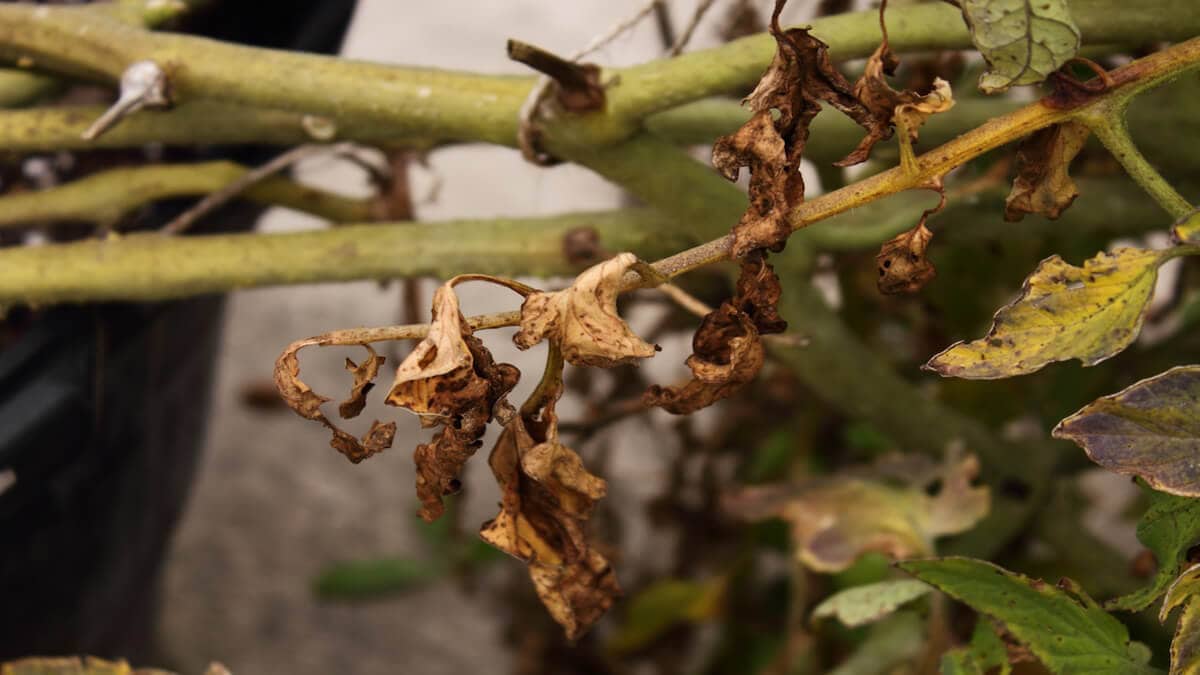What is Fungai Fusarium and How to Protect Your Cannabis Plants
Growing your cannabis plants can bring you several benefits; however, the process also comes with different challenges. Like growing other crops and plants, you will likely encounter a few pests and insects before seeing your seedlings grow into beautiful cannabis plants. One particular fungus you should watch out for is the Fusarium. They intrude on weed plants to seek food and shelter. While insect invasion is simpler to deal with, fungal infections can pose a threat to your crop’s health.
Understanding Fusarium
Before learning how to prevent or treat infected cannabis plants, you must first understand how these fungi work and affect your plant.
Fusarium is a large genus of several filamentous fungi. 30 species belong to 13 subdivisions of this group. However, not all of them can be harmful to plants. In fact, some of them have an essential contribution to the soil food web.
Fusarium only dwells below the surface of the soil. It targets the plant’s root system. However, the root system plays a critical role in the growth of cannabis plant, so this should not be taken lightly.
Here’s what happens when your cannabis plants encounter Fusarium:
- They invade the soil and start clogging up the xylem (part of the plant that conducts water and nutrients upward from the root) of your crops, therefore, preventing your cannabis plants from taking the nutrients and water they need.
- Without access to these key resources they need, your plants will suffer a condition called Fusarium wilt, causing discolouration and withering of the plants.
- A weak and wilting plant will struggle to survive. It will also have less chance of producing a viable harvest.
Signs Your Plant Has Fungal Fusarium Infection
Here are the symptoms that tell your plant has the fusarium infection:
On Leaves
- Yellowing and wilting of leaves
On Stem
- Decay on the stem
- Seeing orange, pink, or white fungal growth on the stems
- Swelling stems that will eventually split if put with pressure
- Spreading decay and necrotic tissue on the stem
- Reddish discolouration of the xylem vessel (can be seen after dissecting the stem)

On Root
- Decay on the root
- Seeing red-coloured roots under the topsoil
On Growth
- Stunted growth of the plant
Some of these symptoms may also occur due to nutrient deficiencies, but the speed of the decline in your plant’s health will point you towards Fusarium infection.
Treating Cannabis Plants’ Fungal Fusarium
The fact is that no cure or valid Fusarium treatment is existing yet. Fusarium also loves attacking tomatoes, peas, asparagus and beans. These fungi have affected large-scale vegetable industries, and up to now, research institutions haven’t developed a remedy for them yet.
Fungal Fusarium Prevention
Despite not having a recognised treatment for this infection, there are many ways you can prevent it from happening, and prevention is your only line of defence for this disease. Here is what you should do:
- Abandon infected areas: Once a soil gets infected by Fusarium, they will stay there for several more years. Avoid planting your cannabis in that soil for the next few seasons to make sure your efforts will not go to waste.
- Destroy infected plants: Fusarium can continue to survive in your infected plants. Burn them as soon as you can and do not even think of placing them inside your compost pile. Make sure also to wash the tools you used that come into contact with the infected plant and soil. Clean them using a hydrogen peroxide solution.
- Plant your cannabis in pots: Using pots or containers give your plants a semi-isolated environment. This method will help prevent the spread of Fusarium in case any of your plants get infected.
- Maintain the right soil pH: Fusarium loves to dwell on acidic soil, so always conduct a pH test on your soil. Neutralise the soil with dolomite lime if needed.
- Add beneficial fungi: Some fungi, like mycorrhizal fungi, can help your plant absorb nutrients. Having them in your plant box can lower the chance of fungal pathogen occurrence.
Conclusion
It is possible not to encounter Fusarium ever in your crop-growing stage. Knowing about this infection possibility and how to prevent them from occurring can help you grow a healthier plant and produce a fruitful harvest.
Do you want to grow your CBD at home? At Coffee Shop Seeds, we sell CBD seeds and hemp seeds. We have more than 3,500 variants, including 120 world-renowned breeders. If you want a strain that meets your individual needs and desires, we have more than a thousand options for you. Start shopping now!

